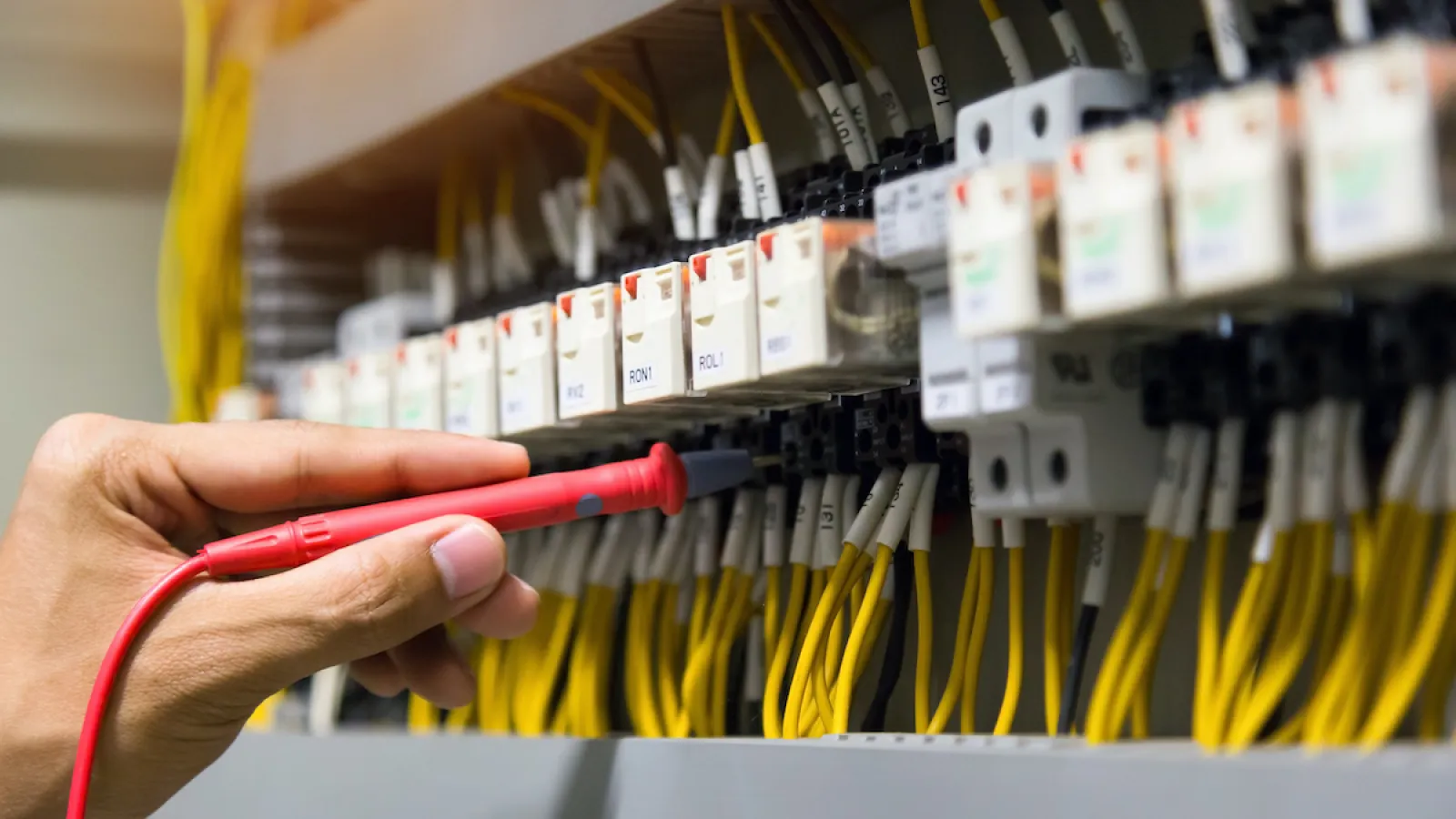
Breaker Testing
and Coordination Studies
Ensure Your System's Reliability and Safety
In today's power-dependent world, the reliability and safety of your electrical system are paramount.
Circuit breakers serve as the first line of defense against electrical faults, while proper system coordination ensures efficient and safe operation.
Regular breaker testing and comprehensive coordination studies are not just best practices—they're essential for optimizing performance, preventing catastrophic failures, ensuring business continuity, ensuring compliance, and protecting lives.
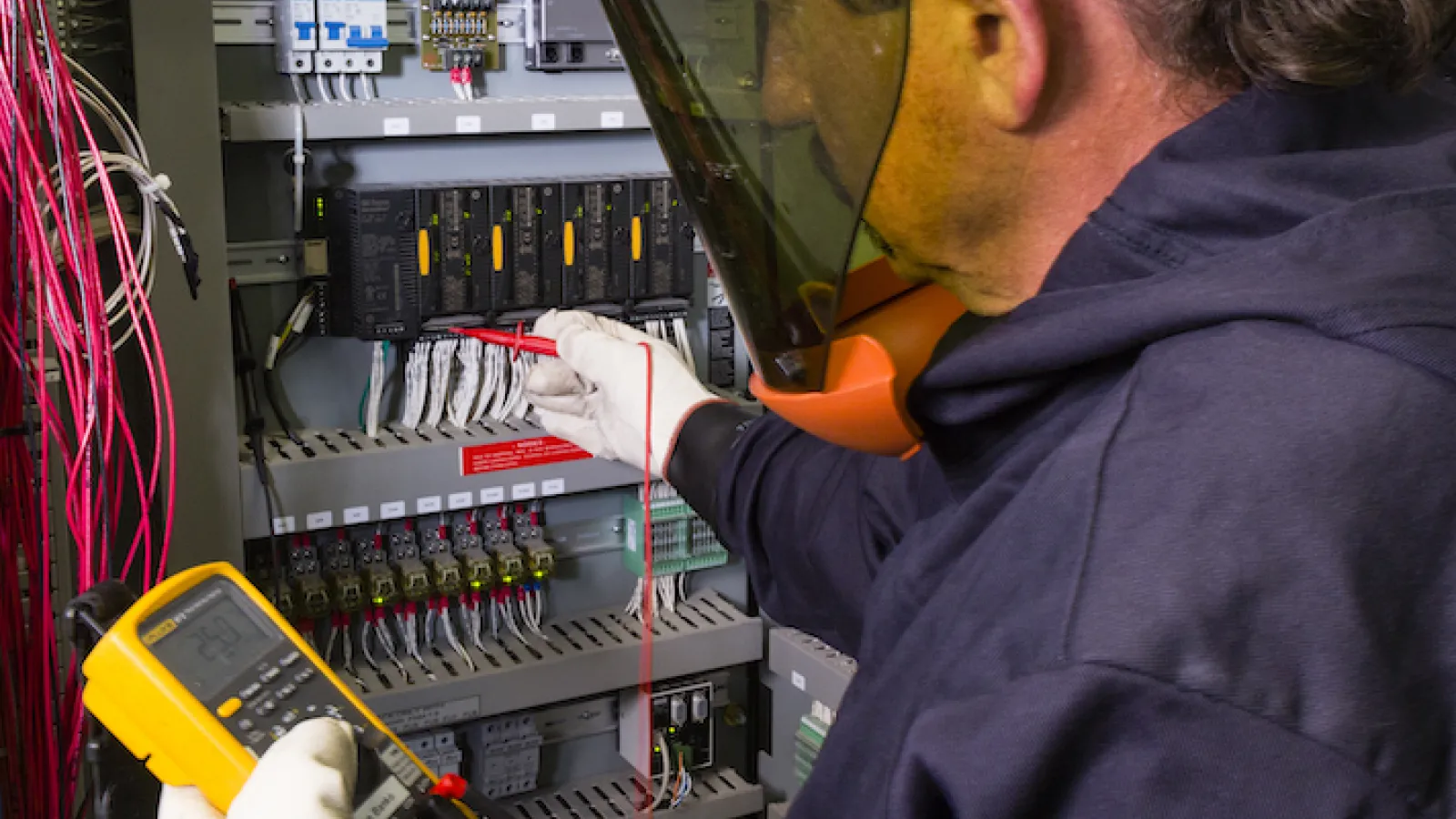
Benefits of Regular Breaker Testing
Circuit breaker testing is crucial for maintaining the integrity and safety of your electrical system. Our expert EGSA-certified technicians use state-of-the-art equipment to perform thorough assessments.
Prevent Unexpected Failures
Regular testing helps identify potential issues before they lead to breaker failure. This allows you to address problems during scheduled maintenance rather than dealing with unexpected outages or safety hazards.
Extend Equipment Lifespan
By identifying and addressing minor issues early, you can prevent accelerated wear and tear on your circuit breakers and significantly extend the operational life of your equipment, delaying the need for costly replacements.
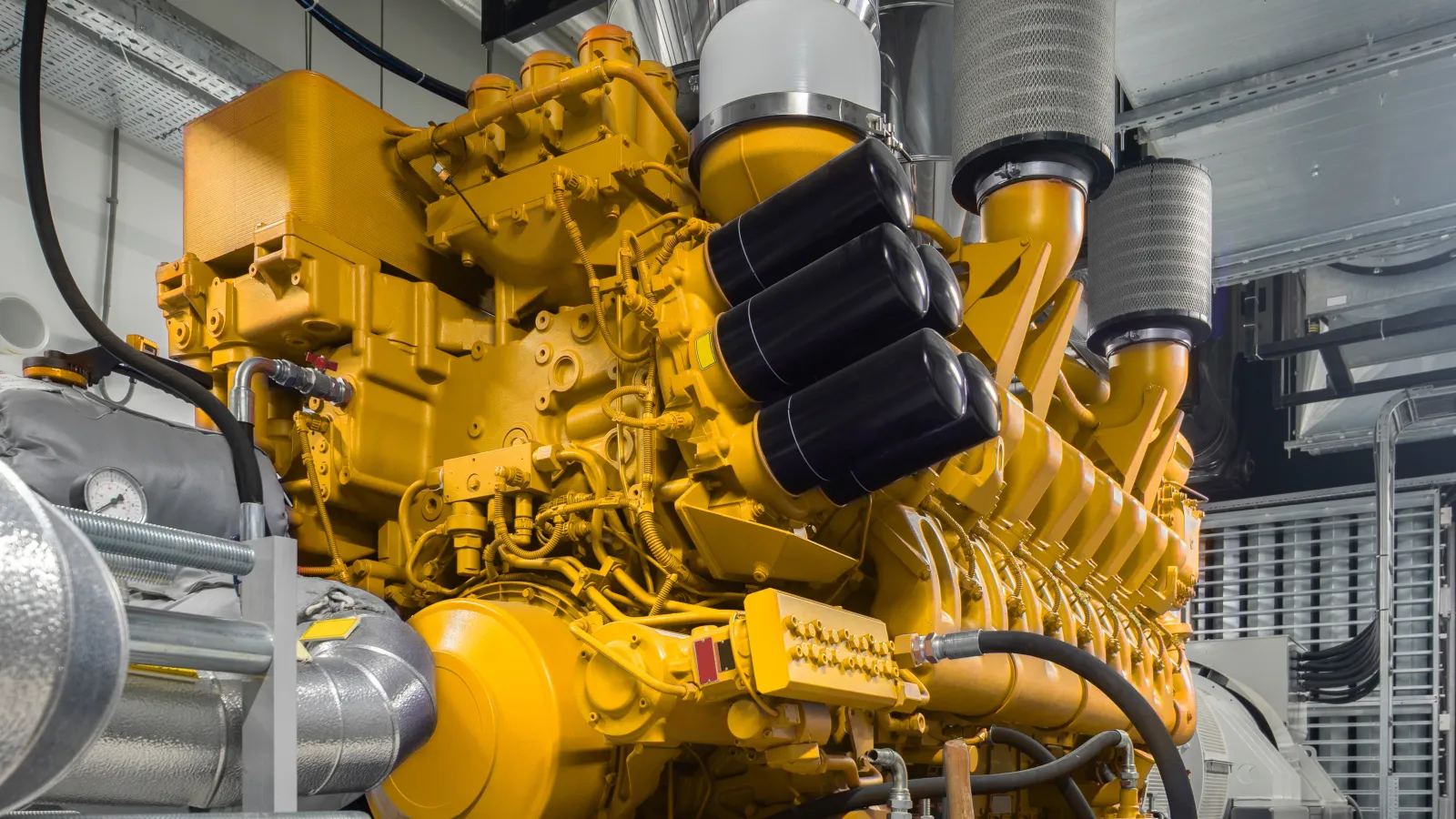
Ensure Optimal Performance
Testing verifies that your breakers are operating within their specified parameters. This ensures they will trip correctly when needed, protecting your electrical system and connected equipment from damage due to faults or overloads.
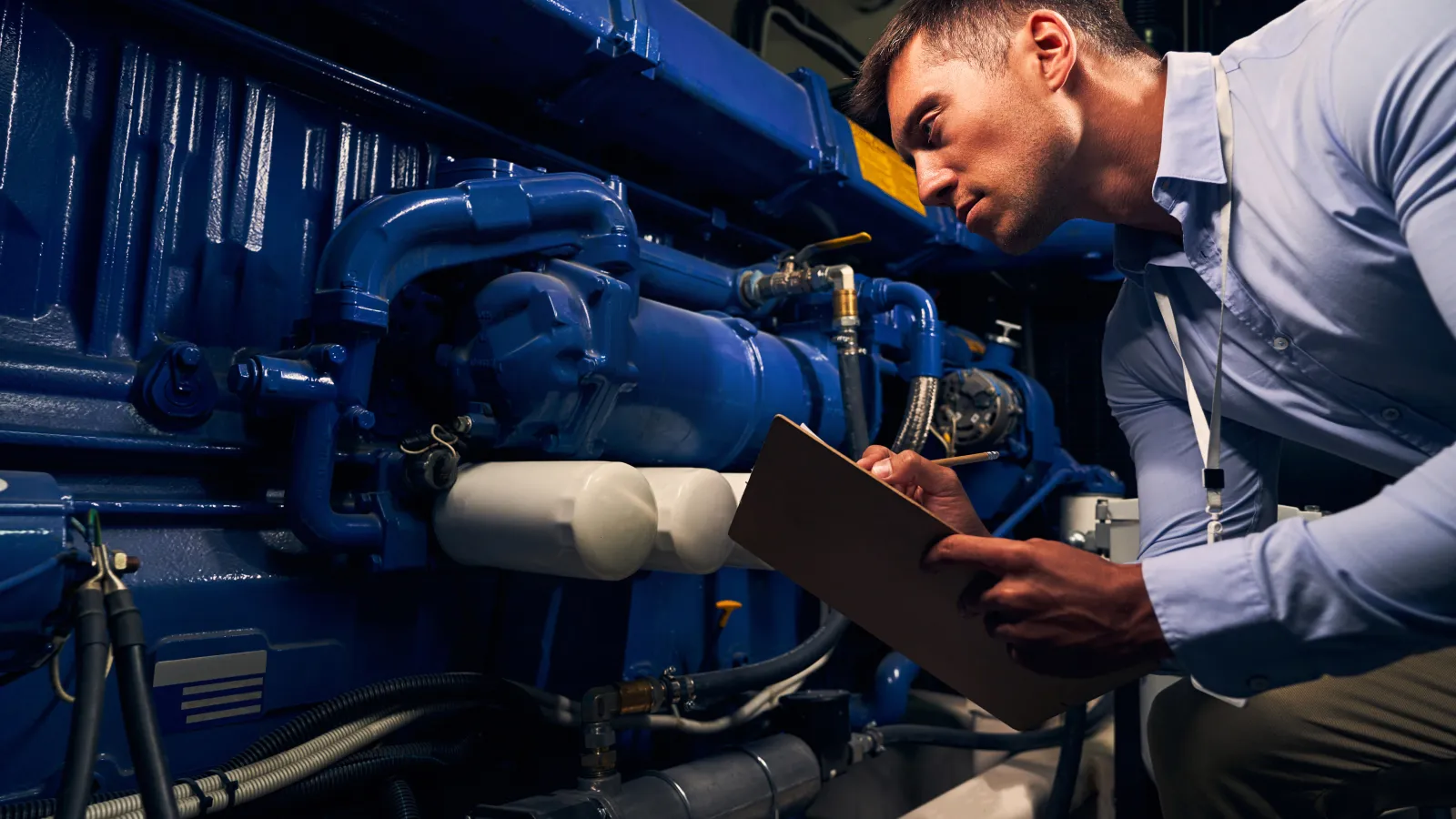
Maintain Safety Standards
Properly functioning circuit breakers are crucial for electrical safety. Regular testing helps ensure your breakers will operate correctly in an emergency, protecting both personnel and equipment from electrical hazards.
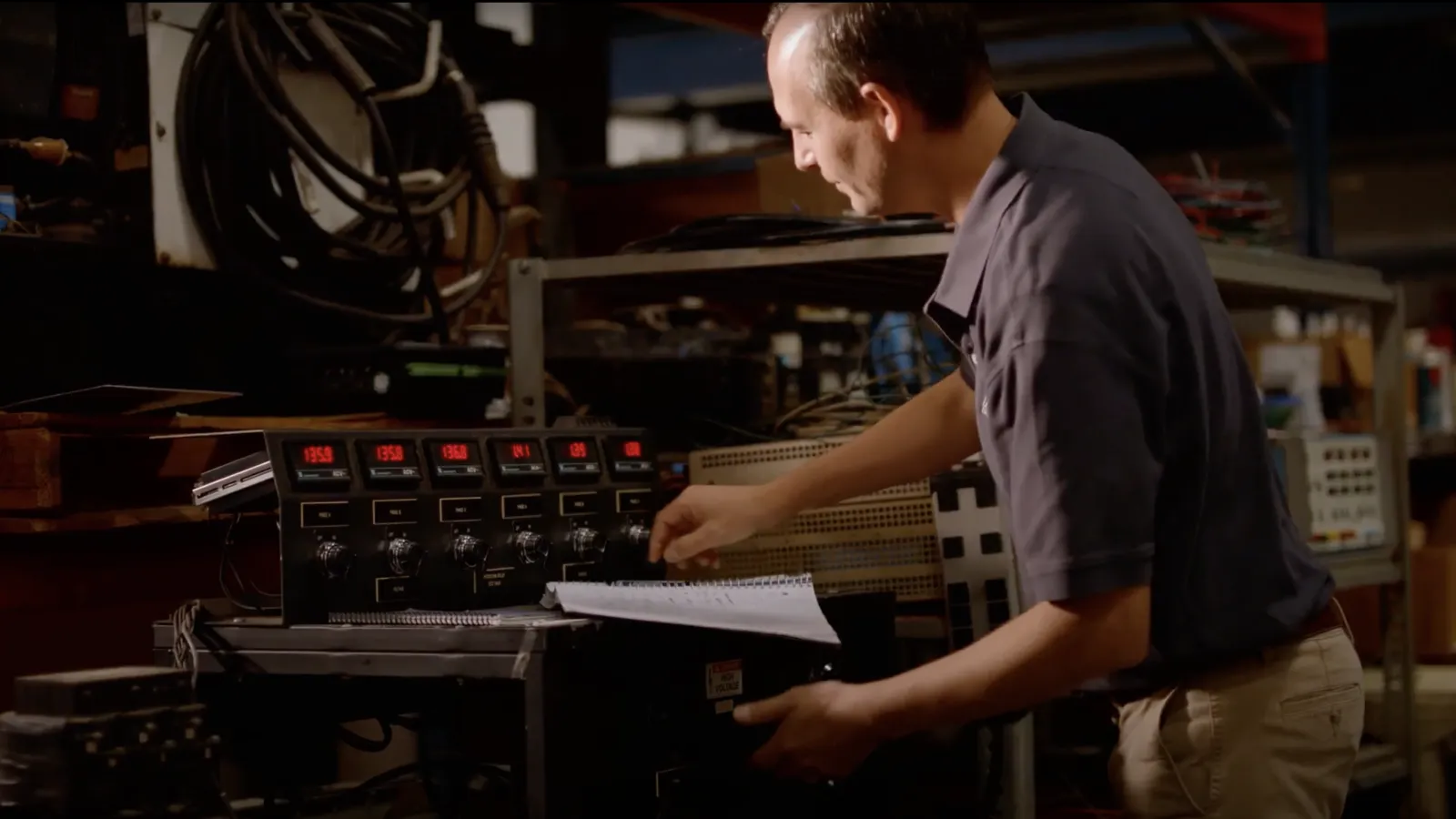
Reduce Maintenance Costs
Regular testing is far less expensive than emergency repairs or premature replacements. By catching issues early, you can plan maintenance more effectively and avoid costly rush repairs.
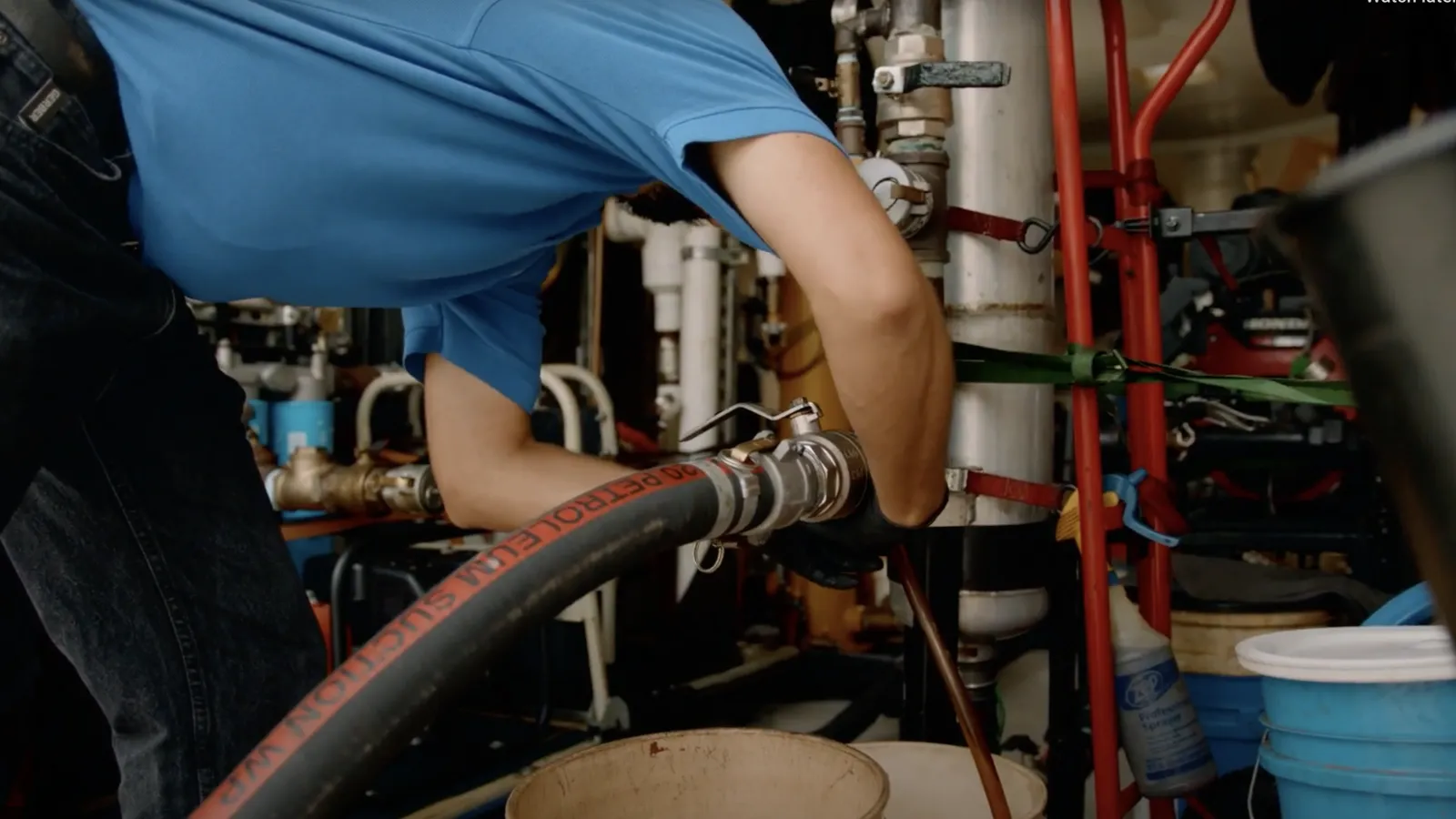
Enhance System Reliability
A well-maintained breaker system improves the overall reliability of your electrical infrastructure, leading to less downtime, improved productivity, and better operational efficiency.

Comply with Regulations
Many industries have specific regulations requiring regular testing and maintenance of electrical systems. Consistent breaker testing helps ensure compliance with these standards, avoiding potential fines or legal issues.

Improve Energy Efficiency
Breakers that aren't functioning optimally can lead to increased power consumption. Regular testing and maintenance can help ensure your electrical system is operating at peak efficiency, potentially reducing energy costs.
Gain peace of mind and confidence in knowing that your circuit breakers have been professionally tested and verified.
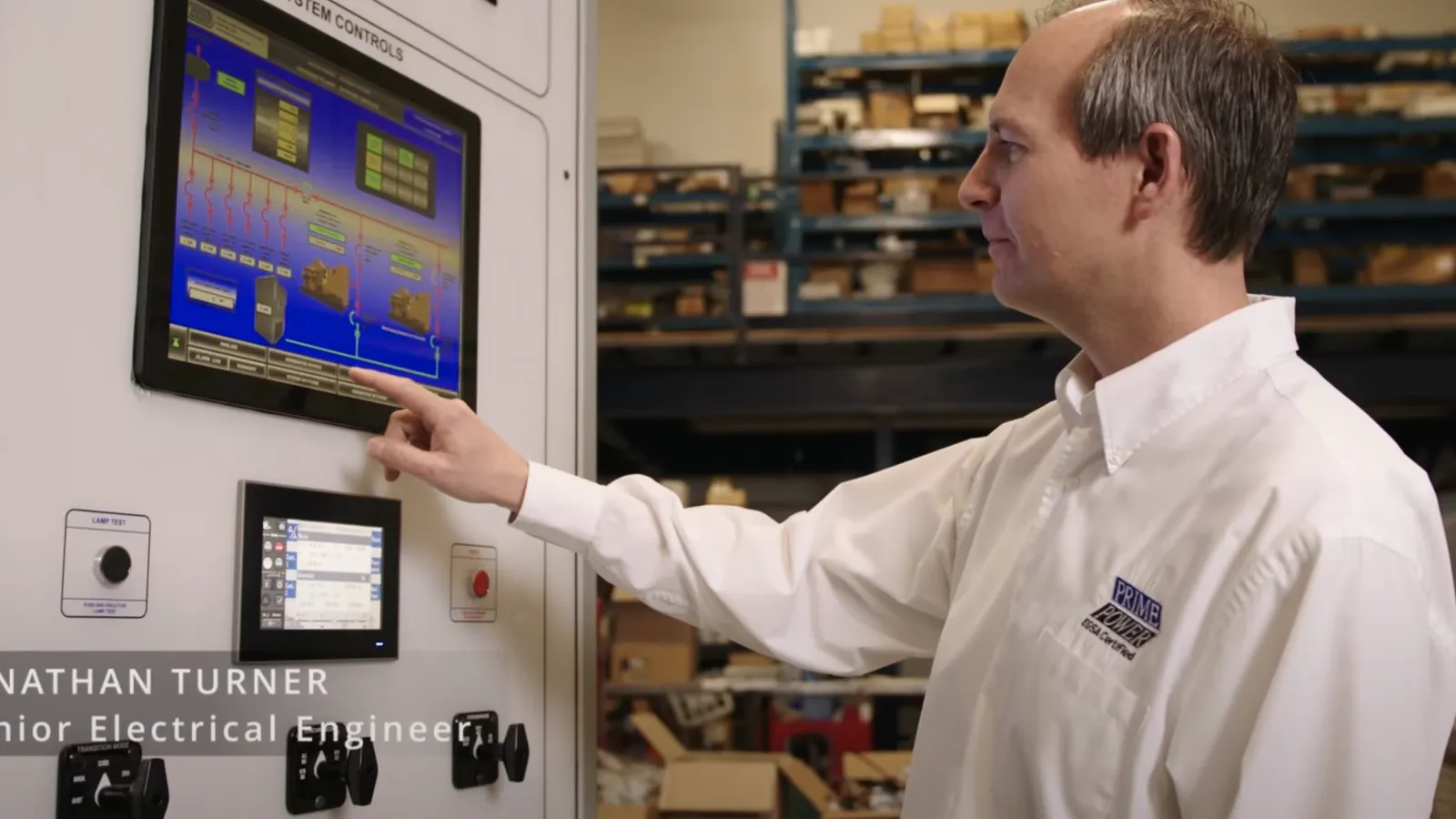
Our Circuit Breaker Process
Our expert technicians use advanced testing equipment and follow industry-standard procedures to ensure accurate and comprehensive results. After testing, we provide a detailed report of our findings, including any recommendations for maintenance, repair, or replacement.
1. Visual Inspections
- Check for physical damage or wear
- Inspect for signs of overheating or arcing
- Verify proper installation and connections
2. Insulation Resistance Testing
- Measure insulation integrity between phases and ground
- Identify potential insulation breakdown or moisture ingress
3. Contact Resistance Testing
- Measure resistance across closed contacts
- Ensure low resistance for efficient operation
4. Timing Tests
- Measure opening and closing times
- Verify synchronization in three-phase breakers
- Check for any slow or stuck mechanisms
5. Trip and Close Coil Current Analysis
- Analyze current profiles during operation
- Identify potential issues with control circuits
6. Mechanical Operation Checks
- Verify smooth operation of moving parts
- Check lubrication and wear on mechanical components
7. Vacuum Integrity Testing
- Ensure the integrity of the vacuum interrupter
- Detect any loss of vacuum that could compromise performance
8. Functional Testing
- Simulate various trip conditions
- Verify correct operation of protection relays
9. Secondary Injection Testing
- Test operation of protection relays
- Confirm correct settings and trip curves
10. Reporting and Documentation
- Provide detailed test results and analysis
- Offer recommendations for maintenance or replacement
- Document findings for compliance and historical record
Benefits of Coordination Studies
A coordination study is a comprehensive analysis and strategic planning process for your electrical distribution system. It's designed to ensure that all protective devices—such as circuit breakers, fuses, and relays—work together precisely to provide maximum safety and system reliability.
Improve System Reliability
A well-coordinated system minimizes unnecessary outages by ensuring that only the closest protective device to a fault operates. This localization of faults reduces the impact on the rest of your electrical system, improving overall reliability and uptime.

Enhance Safety
Proper coordination ensures that faults are cleared quickly and efficiently, reducing the risk of equipment damage and personnel injury. It also helps in minimizing the duration and extent of arc flash incidents.

Reduce Arc-Flash Hazards
A coordination study can help reduce the incident energy levels during an arc flash event by optimizing protective device settings. This can lower the required PPE levels, making work on energized equipment safer and more manageable.

Minimize Outage Durations
When a fault occurs, a well-coordinated system ensures that only the affected section is isolated, allowing for quicker fault location and faster service restoration.

Industry Compliance
Coordination studies help ensure your electrical system meets various industry standards and regulations, such as NFPA 70E, IEEE 242, and OSHA requirements. This compliance is crucial for legal and insurance purposes.
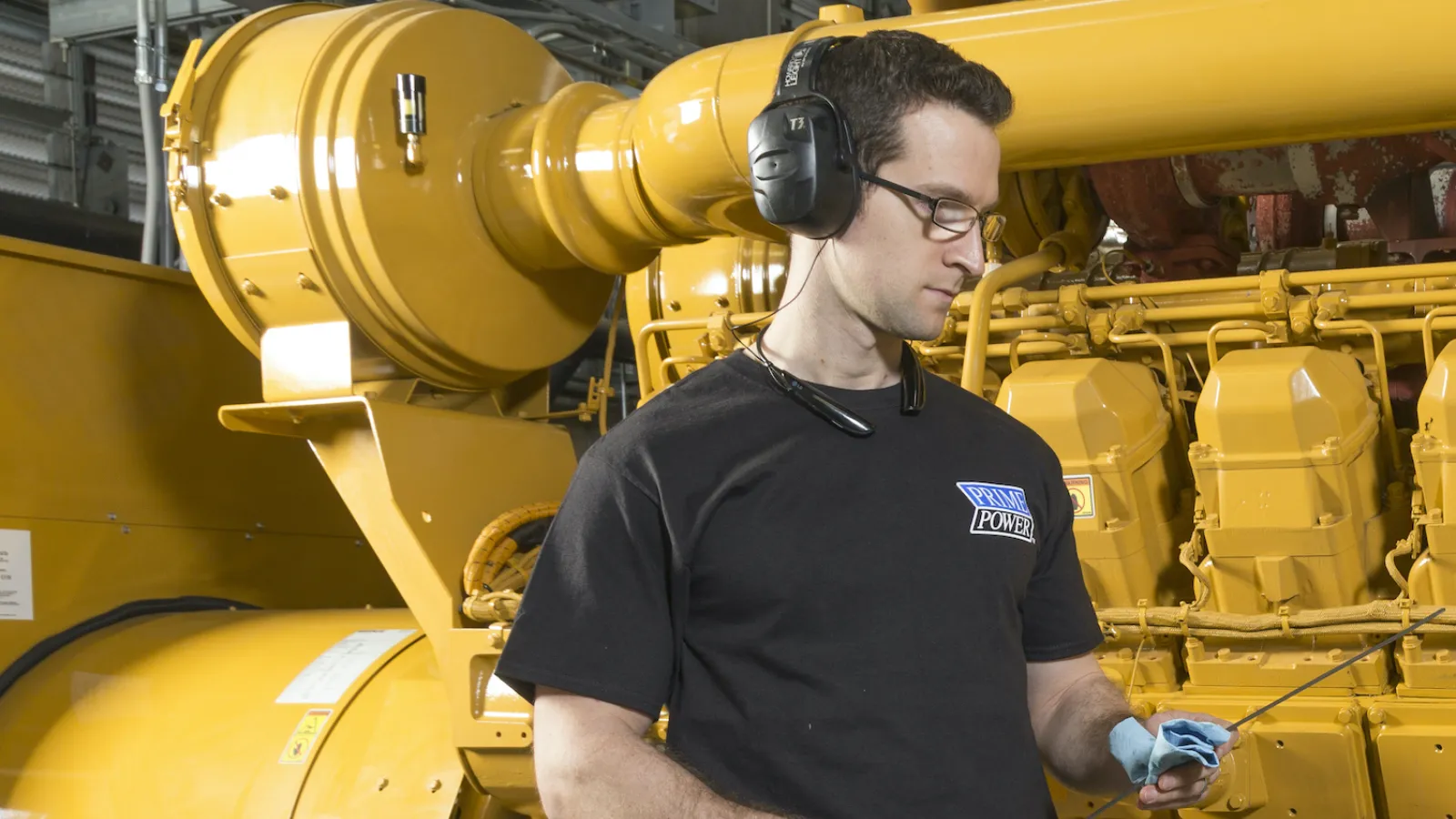
Optimize Equipment Protection
Proper coordination extends the life of electrical equipment by ensuring it is adequately protected from damaging fault currents and overloads.
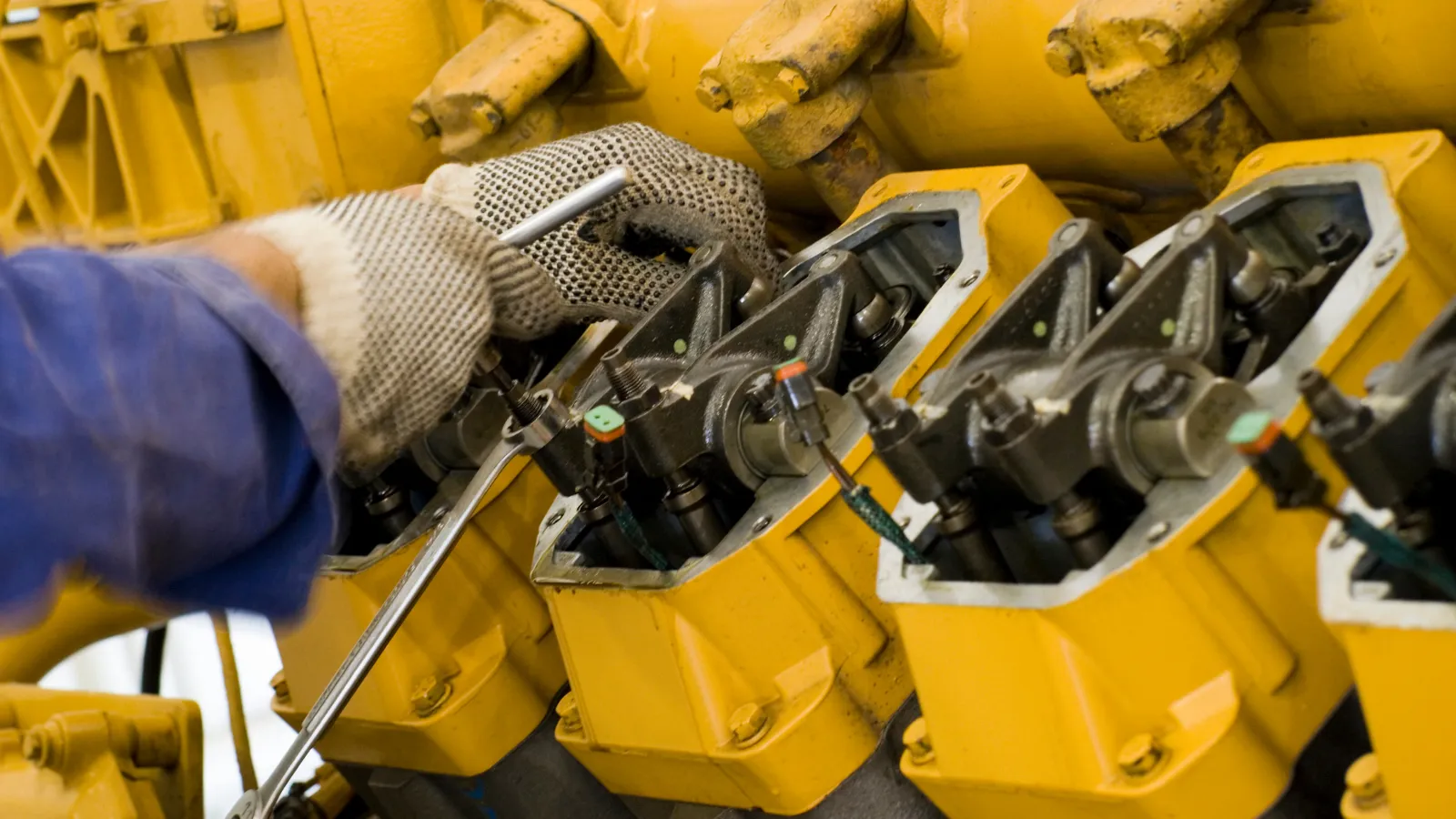
Facilitate System Growth
As your electrical system expands, a coordination study provides a solid foundation for integrating new equipment while maintaining protection integrity.

Cost Savings
The long-term savings from prevented equipment damage, reduced downtime, and improved efficiency often far outweigh the investment in coordination studies.
A comprehensive coordination study provides valuable insights into your electrical system, enabling more informed decisions about maintenance, upgrades, and future expansions.

Our Coordination Study Process
1. Data Collection and System Analysis
- Gather detailed information about your electrical system
- Review single-line diagrams, equipment specifications, and existing protection schemes
- Analyze load flow and system characteristics
2. Short-Circuit Calculations
- Perform fault current calculations at various points in the system
- Determine the maximum and minimum fault currents for proper device selection
3. Protective Device Evaluation
- Assess the adequacy of existing protective devices
- Verify that devices can safely interrupt maximum fault currents
- Ensure devices are sensitive enough to detect minimum fault currents
4. Time-Current Curve Development
- Create detailed time-current curves for all protective devices
- Analyze device coordination to ensure proper selectivity
- Identify any coordination issues or gaps in protection
5. Recommendations for Settings and Upgrades
- Provide optimal settings for adjustable protective devices
- Suggest equipment upgrades where necessary
- Develop strategies to resolve any coordination conflicts
6. Arc Flash Labeling
- Calculate incident energy levels at various points in the system
- Determine appropriate personal protective equipment (PPE) requirements
- Recommend ways to reduce arc flash hazards
7. Comprehensive Report Generation
- Deliver a detailed report of findings and recommendations
- Include visual representations of coordination curves
- Provide clear, actionable steps for implementation
8. Implementation Support
- Assist with applying new settings to protective devices
- Provide guidance for any necessary equipment upgrades
- Offer training to your staff on the new protection scheme